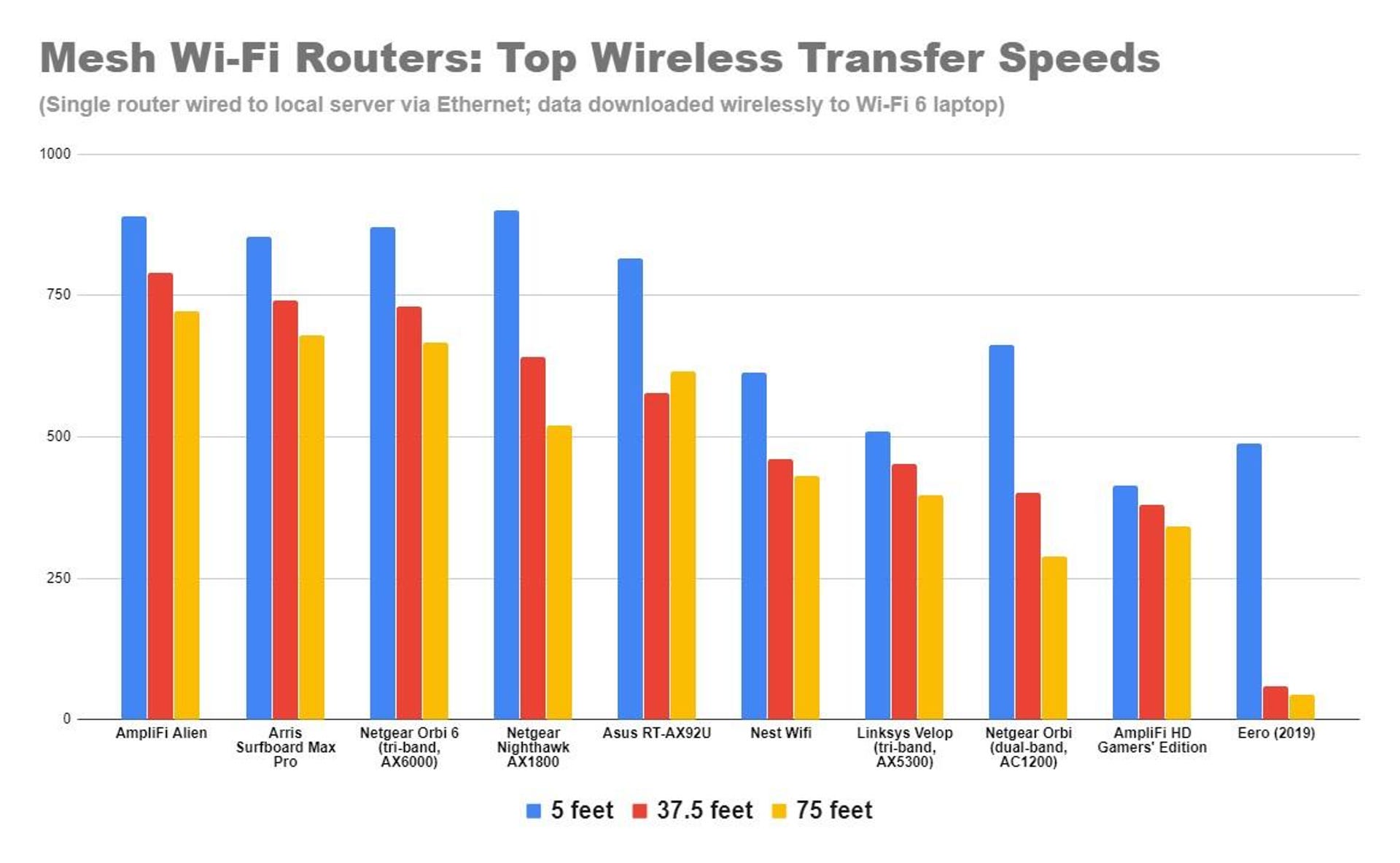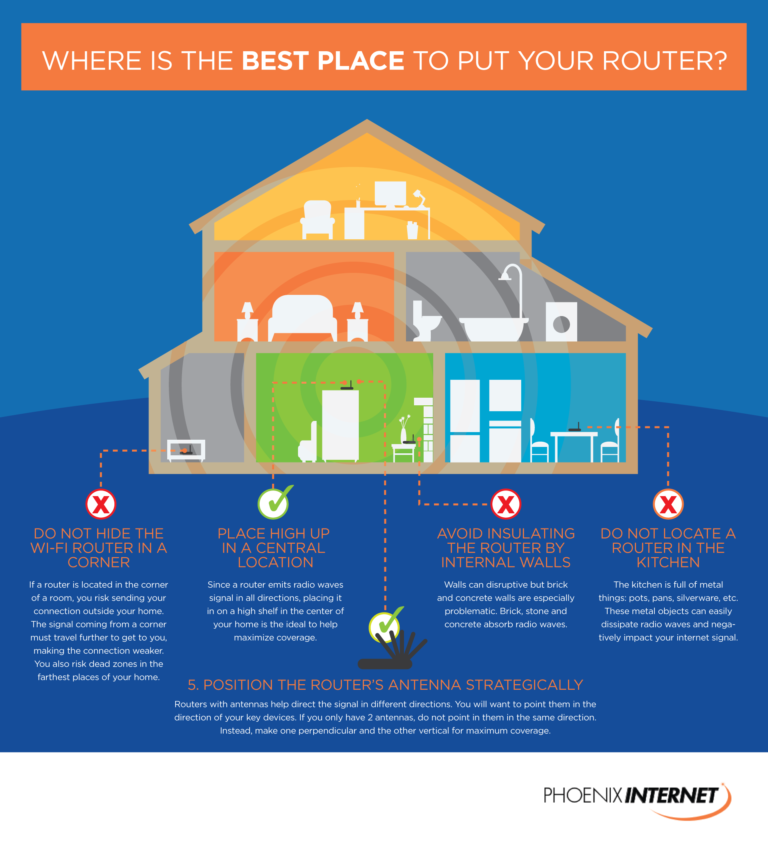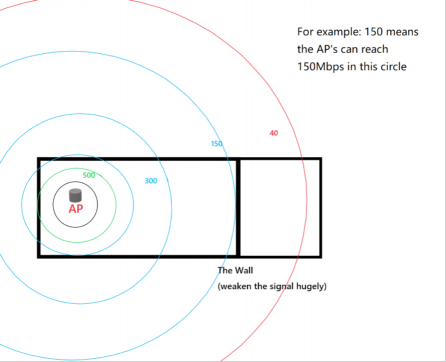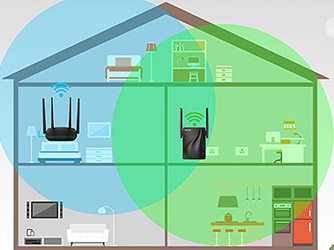What Is Fastest Wi-Fi?
The demand for faster internet connection is on the rise, and as a result, the technology behind Wi-Fi is constantly being improved. Wi-Fi is the most popular way to connect to the internet, and the fastest Wi-Fi speeds are currently 802.11ac, also known as Wi-Fi 5. This type of Wi-Fi connection offers speeds that can reach up to 1.3 gigabits per second (Gbps) when using the 5GHz band. It also offers extended range and improved reliability over earlier Wi-Fi versions. Wi-Fi 6 (802.11ax), the latest version of Wi-Fi, is expected to be even faster and provide better coverage.
Overview of Different Wi-Fi Technologies
When it comes to Wi-Fi, the speeds vary depending on the technology used. In general, the newer the technology, the faster the Wi-Fi speeds. The most common Wi-Fi technologies are 802.11a, 802.11b, 802.11g, 802.11n, and 802.11ac. In order to understand how each of these technologies differs in terms of speed, it is important to take a closer look at each one.
802.11a is the oldest of the Wi-Fi technologies and is capable of transferring data at a maximum speed of 54 Mbps. It operates on the 5GHz frequency band, and has a range of up to 150 feet.
802.11b is the second oldest of the Wi-Fi technologies and is capable of transferring data at a maximum speed of 11 Mbps. It operates on the 2.4GHz frequency band, and has a range of up to 300 feet.
802.11g is the third oldest of the Wi-Fi technologies and is capable of transferring data at a maximum speed of 54 Mbps. It operates on the 2.4GHz frequency band, and has a range of up to 300 feet.
802.11n is the fourth oldest of the Wi-Fi technologies and is capable of transferring data at a maximum speed of 600 Mbps. It can operate on both the 2.4GHz and the 5GHz frequency band, and has a range of up to 300 feet.
Finally, 802.11ac is the newest of the Wi-Fi technologies and is capable of transferring data at a maximum speed of 1.3 Gbps. It operates on the 5GHz frequency band, and has a range of up to 300 feet.
By understanding the differences between these Wi-Fi technologies, it is easy to see that 802.11ac is the fastest Wi-Fi technology available today. However, it is important to note that the actual speeds that you will experience will depend on many factors, such as the type of device you are using, the distance to the router, and the number of users connected to the network.
Pros and Cons of Fastest Wi-Fi Technologies
Today’s world is becoming increasingly connected, and fast, reliable Wi-Fi is a must-have for many people. But what is the fastest Wi-Fi technology? There are numerous Wi-Fi technologies available, each with its own advantages and disadvantages. Understanding the different technologies and their advantages and drawbacks is essential to making an informed decision when shopping for a new router or upgrading your current one.
When it comes to speed, the two most popular Wi-Fi technologies are 802.11ac and 802.11ax. 802.11ac is the current standard, and it offers speeds up to 867Mbps. This is sufficient for most everyday tasks, such as streaming video, gaming, and basic web browsing. 802.11ax, the newest technology, is capable of speeds up to 10Gbps, making it perfect for more intensive activities such as 4K streaming and online gaming.
In terms of range, 802.11ac is the clear winner. It offers greater range and fewer dead spots than 802.11ax, making it ideal for larger homes. 802.11ax, while faster, tends to have shorter range due to its increased data rates.
Another factor to consider when choosing a Wi-Fi technology is power consumption. 802.11ac is more power-efficient than 802.11ax, making it a better choice for battery-powered devices or those that need to be used for extended periods of time.
Ultimately, when choosing the best Wi-Fi technology for your needs, it is important to consider your specific requirements, including speed, range, and power consumption. 802.11ac is the current standard, and it offers good performance for most everyday tasks. For more intensive activities, such as 4K streaming or online gaming, 802.11ax may be the better option.
What Factors Should You Consider When Choosing a Wi-Fi Technology?
Wi-Fi is the most common way to connect to the internet, so it’s important to know which technology is best for you. Before selecting the fastest Wi-Fi, it’s important to understand the factors that should be taken into account. These factors include the range of the router, the number of devices connected, the size of the area, and the type of usage.
The range of the router is the distance from your router to the furthest device that needs a connection. The larger the area, the more powerful the router should be. Also, if multiple devices are connected, the router should have enough power to provide a stable connection.
The size of the area is also important when selecting the best Wi-Fi technology. If the space is large, then you’ll need a more powerful router or access point. Additionally, if the area is crowded, you’ll need a more advanced router to provide the best signal strength.
The type of usage is also a factor to consider when choosing the fastest Wi-Fi. If you’re streaming video or gaming, you’ll need a router with a higher data transfer rate. On the other hand, if you’re only browsing the web or downloading files, a standard router should be sufficient.
In conclusion, the fastest Wi-Fi should be selected based on the range of the router, the number of devices connected, the size of the area, and the type of usage. With the right information, you’ll be able to select the best Wi-Fi technology for your needs.

How to Set Up and Maintain Fastest Wi-Fi
Wi-Fi is a must-have for modern households and businesses, and having a fast connection is paramount for staying connected. Setting up and maintaining a fast connection can be tricky, but it doesn’t have to be. To achieve the fastest Wi-Fi, there are several important factors to consider.
First, you’ll need to determine the best spot for your router. The ideal spot is usually in the center of your home or office, as this will ensure that your signal is spread evenly throughout the space. Make sure that your router is away from any large metal objects or thick walls, as these can interfere with your signal.
Next, you’ll need to optimize your router settings. Most routers come with a variety of settings that you can tinker with, such as the frequency and the channel width. Experimenting with these settings can help you obtain the best connection for your environment. Lastly, make sure that your router is running the latest firmware to ensure that you’re getting the most out of your Wi-Fi connection.
To ensure that your connection remains fast, it’s important to regularly test your speeds. Most internet service providers offer speed tests for free and these can give you a good idea of how your connection is performing. If you’re seeing slower speeds than usual, it’s time to troubleshoot and make sure that everything is running smoothly.
By following these steps, you can rest assured that you’re getting the most out of your Wi-Fi connection. Having a fast connection is critical for staying connected to the web, and with a bit of optimization, it’s possible to achieve the fastest Wi-Fi possible.
What Are the Common Issues with Fastest Wi-Fi?
As technology continues to evolve, faster and better Wi-Fi connections have become a necessity for many people. The fastest Wi-Fi technology available today is the 802.11ac protocol, which can provide speeds up to 3.4 Gbps. However, while this technology offers great speed, there are several common issues that can affect its performance.
One issue is interference from other devices. Wi-Fi signals can be blocked by walls or other objects, and can also be affected by interference from other nearby devices that are broadcasting on the same frequency. This can lead to slower speeds and a weaker connection.
Another issue is distance. Wi-Fi signals weaken the further away they travel, so if there is a large distance between the router and the device, the connection can be significantly slower. Additionally, the number of devices connected to the same router can also cause the speed to slow down.
Finally, the quality of the router itself can affect the speed of the Wi-Fi connection. Older routers may not be able to take full advantage of the latest technology, while cheaper routers may not provide the best performance.
Overall, while Wi-Fi is a great way to experience fast internet speeds, it’s important to be aware of the common issues that can affect its performance. By understanding these common issues, users can ensure that they are getting the most out of their Wi-Fi connection.
Comparing Fastest Wi-Fi Technologies with Other Wi-Fi Technologies
With ever-increasing demand for faster Wi-Fi, the question of what is the fastest Wi-Fi technology has become a common one. In order to understand the differences between the various Wi-Fi technologies, it is important to know what is the fastest Wi-Fi and how it compares to other Wi-Fi technologies.
The fastest Wi-Fi technology currently available is known as Wi-Fi 6, or 802.11ax. It is capable of speeds up to 10 Gbps, making it much faster than the previous generation of Wi-Fi, 802.11ac, which is capable of speeds of up to 6.9 Gbps. In addition to its speed, Wi-Fi 6 also offers improved security, better battery life, and improved performance in crowded areas.
In comparison to other Wi-Fi technologies, Wi-Fi 6 is significantly faster than the previous generation, 802.11n, which is capable of speeds of up to 450 Mbps. It is also faster than the older 802.11a and 802.11b technologies, which are limited to speeds of up to 54 Mbps.
Overall, Wi-Fi 6 is the fastest Wi-Fi technology currently available, and is significantly faster than other Wi-Fi technologies. By utilizing Wi-Fi 6, users can enjoy faster internet speeds, improved security, and better battery life.
FAQs About the What Is Fastest Wi-Fi?
1. What is the maximum speed of a Wi-Fi connection?
Answer: The maximum speed of a Wi-Fi connection depends on the type of network, the device you are using, and the strength of your signal. In general, most Wi-Fi networks support speeds up to 1Gbps, or 1000 Mbps. However, some newer networks can support speeds up to 10Gbps, or 10,000 Mbps.
2. What can I do to increase the speed of my Wi-Fi connection?
Answer: To increase the speed of your Wi-Fi connection, you can make sure that you are receiving the strongest signal possible. This can be done by placing your router in an open, central area, away from any obstructions, and making sure that all of your devices are within range of the router. Additionally, you can upgrade to a more powerful router or consider using a mesh Wi-Fi system.
3. Are faster Wi-Fi connections more expensive?
Answer: In general, faster Wi-Fi connections tend to be more expensive than slower connections. However, the cost of upgrading to a faster connection can be offset by the improved performance and increased convenience that comes with it. Additionally, it may be possible to find discounted deals on faster Wi-Fi connections.
Conclusion
In conclusion, the fastest Wi-Fi is the latest Wi-Fi 6 technology, which offers speeds up to 10 Gbps and is expected to become the new standard for home and business wireless networks. This technology is still relatively new and expensive, but it promises to provide faster speeds and better coverage than ever before. As more devices become compatible with Wi-Fi 6, it will become increasingly accessible and affordable, making it a great choice for those looking for the fastest internet connection.




